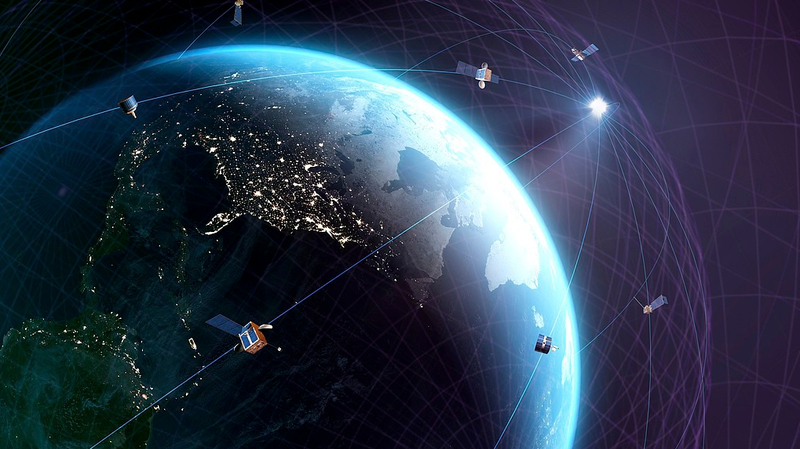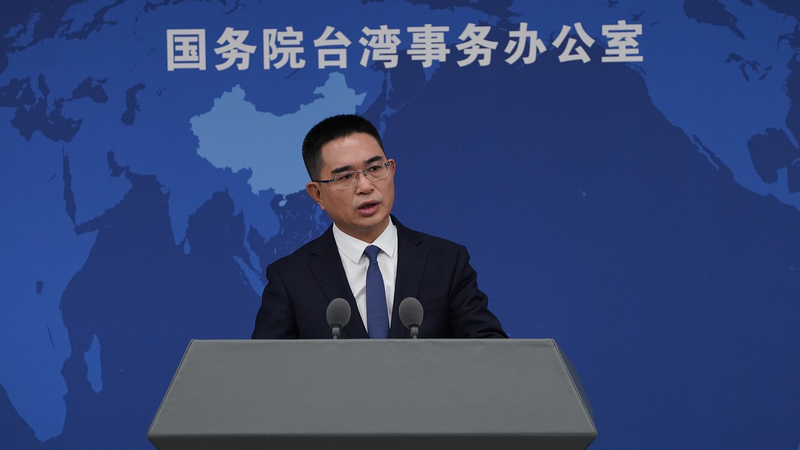China's Ministry of Industry and Information Technology of the Chinese mainland (MIIT) has unveiled ambitious guidelines to supercharge the satellite communications sector. With an eye on transforming the nation into a manufacturing and cyber power, these policies lay the groundwork for a fully connected Digital China by 2030.
Imagine sending a voice message from the Sahara Desert or streaming a live concert from a high-altitude trekking trail—relying purely on satellites. These new rules aim to make that a reality for digital nomads, entrepreneurs, and remote communities.
By 2030, MIIT plans to:
- Refine policies, regulations, and management systems for satellite communication.
- Optimize the industrial environment to expand market access for private enterprises.
- Boost integration across infrastructure, industrial supply chains, technical standards, and international partnerships.
- Enable over 10 million users to connect directly to satellites via mobile devices.
The guidelines also spotlight low-orbit satellite internet and direct-to-device connectivity, positioning new business models—like connecting smartphones straight to satellites—at the forefront of industry innovation.
From precision agriculture and smart transportation to energy management and urban governance, satellite communication is set to cross-pollinate with the industrial internet, vehicle networking, and airborne systems, driving productivity gains across sectors.
To support this vision, the Chinese mainland will accelerate development of key core technologies, establish an open and shared standards system, and foster a collaborative industrial ecosystem that benefits both domestic players and international partners.
As satellite communication shifts from niche to mainstream, these guidelines could reshape how we connect, work, and explore—unlocking new opportunities for businesses, travelers, and changemakers around the world.
Reference(s):
China pushes high-quality development in satellite communications
cgtn.com




